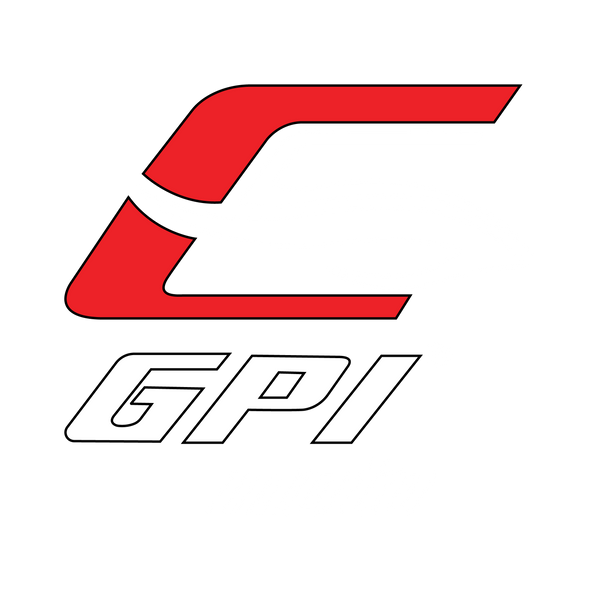The Anatomy of Motorcycle Engines: Understanding Power, Performance, and Maintenance
Motorcycle engines are the heart and soul of these thrilling machines. Understanding the intricacies of motorcycle engines can elevate your appreciation for motorcycling and empower you to perform basic maintenance tasks. Whether you're a seasoned rider, a motorcycle enthusiast, or a DIY mechanic, this guide will walk you through the fundamental aspects of motorcycle engines, their types, and essential maintenance tips.
Components and Functions of Motorcycle Engines
Cylinders
The cylinder is one of the most critical components of an engine—it’s where the magic happens. Inside the cylinder, fuel and air mix and ignite, causing controlled explosions that drive the pistons. Motorcycle engines can have different numbers of cylinders, ranging from single-cylinder engines to multi-cylinder configurations like inline-four and V-twin engines.
Pistons
Pistons are cylindrical components that move up and down inside the cylinder. They are connected to the crankshaft via connecting rods. As the fuel-air mixture ignites, the resulting explosion forces the piston down, turning the crankshaft and creating rotational energy that drives the motorcycle forward.
Valves
Valves control the flow of air and fuel into the cylinder and the expulsion of exhaust gases out of it. There are typically two types of valves in a motorcycle engine:
- Intake Valves: Allow the fuel-air mixture to enter the cylinder.
- Exhaust Valves: Let the burnt gases exit the cylinder after combustion.
Fuel Systems
The fuel system is responsible for delivering the right amount of fuel to the engine. There are two main types of fuel delivery systems in motorcycles:
- Carburetors: Mix air and fuel before sending it to the engine.
- Fuel Injection: Uses sensors and injectors to deliver the precise amount of fuel required for optimal performance.
Types of Motorcycle Engines
Two-Stroke Engines
Two-stroke engines complete a power cycle in just two strokes of the piston (one up and one down movement). They are known for their simplicity, lightweight design, and high power-to-weight ratio. However, they are less fuel-efficient and produce more emissions compared to four-stroke engines.
Four-Stroke Engines
Four-stroke engines complete a power cycle in four strokes of the piston (intake, compression, power, and exhaust). These engines are more fuel-efficient, produce fewer emissions, and generally offer smoother power delivery. Most modern motorcycles use four-stroke engines.
V-Twin Engines
V-twin engines feature two cylinders arranged in a V-shaped configuration. They are known for their distinctive sound, strong low-end torque, and robust performance. V-twin engines are commonly found in cruiser and touring motorcycles.
Inline-Four Engines
Inline-four engines have four cylinders arranged in a straight line. These engines are known for their high-revving nature, smooth power delivery, and excellent performance. They are commonly used in sportbikes and high-performance motorcycles.
Maintenance Tips for Motorcycle Engines
Proper maintenance is crucial to keeping your motorcycle engine in optimal condition. Here are some essential tips:
Oil Changes
Regular oil changes are vital for engine health. Engine oil lubricates moving parts, reducing friction and wear. Follow your motorcycle manufacturer's recommended oil change intervals and use the appropriate type of oil.
Spark Plug Checks
Spark plugs ignite the fuel-air mixture in the cylinder. Over time, they can wear out and affect engine performance. Check and replace spark plugs as needed to ensure efficient combustion and smooth running.
Air Filter Replacement
The air filter prevents dirt and debris from entering the engine. A clogged air filter can restrict airflow and reduce performance. Inspect and replace the air filter regularly, especially if you ride in dusty conditions.
Tuning
Regular tuning ensures that your engine runs at its best. This includes adjusting the carburetor or fuel injection system, checking valve clearances, and inspecting the ignition system. Proper tuning can improve fuel efficiency, power delivery, and overall performance.
Engine Design, Horsepower, Torque, and Performance
Horsepower and Torque
Horsepower (hp) and torque are two critical metrics for measuring engine performance. Horsepower is a measure of the engine's ability to perform work over time, while torque is a measure of rotational force. In simple terms, horsepower determines the top speed of the motorcycle, while torque affects acceleration and pulling power.
Engine Design and Performance
The design of the engine significantly influences its performance characteristics. For example:
- High-Revving Engines: Engines designed to rev higher typically produce more horsepower, making them suitable for high-speed riding.
- Low-End Torque: Engines with a focus on low-end torque provide strong acceleration and are ideal for cruising and touring.
Understanding the relationship between engine design, horsepower, and torque can help you choose the right motorcycle for your riding style and needs.
Conclusion
The anatomy of motorcycle engines is a fascinating subject that combines engineering, physics, and passion. By understanding the components, types, and maintenance of motorcycle engines, you can enhance your riding experience and keep your bike in top condition. Whether you're tearing up the track or cruising down scenic highways, a well-maintained engine is key to enjoying the thrill of motorcycling.
For more tips and expert insights on motorcycle maintenance and performance, stay tuned to our blog. And if you're looking to dive deeper into the world of motorcycle engines, consider joining our community of enthusiasts and DIY mechanics. Happy riding!


